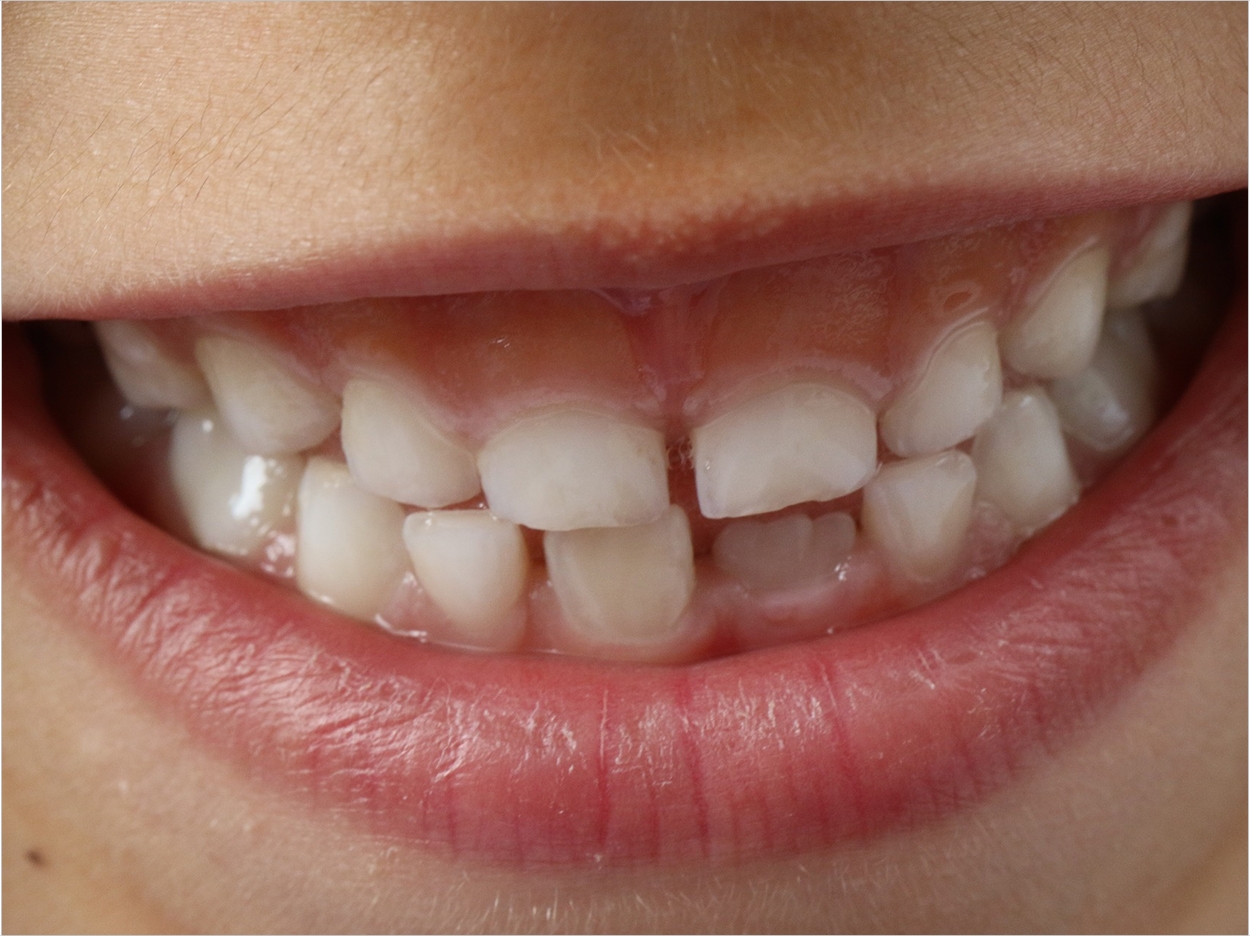
Recent research has demonstrated that school-based dental sealant programs effectively protect the permanent teeth of children who are at risk from decay. With these programs, licensed dental providers apply sealants on children for free at school during the school day. They typically bill public or private insurance where available to cover some of the cost.
The Centers for Disease Control and Prevention Division of Oral Health collaborated with researchers from Kennesaw State University, also finding that the costs saved from preventing future cavities and productivity losses due to parents leaving work to take their children to the dentist outweighed the costs of these programs.
“A dental filling for a cavity costs several times as much as a sealant, so this is a situation where the preventative sealant program could save money and avoid the pain and inconvenience of tooth decay,” said Christina Scherrer, professor of systems and industrial engineering at Kennesaw State University.
“We performed an extensive review of published studies on these programs and, taking into consideration a wide variety of circumstances under which they operate, we are confident that they are a good investment of public health funds,” said Scherrer, who focused on quantifying the benefits of these programs through mathematical and economic modeling.
Offers in low-income areas, particularly in school districts where more than half of the students are eligible for federal free or reduced-price meal programs, school-based dental sealant programs reach many students who have no access to dental care, Scherrer said.
“We looked at how much these sealants will save in later medical reimbursements,” said Scherrer. “Students without access to dental care may show up at an emergency room with tooth pain, needing a root canal or extraction, which in turn might be billed to Medicaid.”
Dental sealants already have shown results in reducing tooth decay among school-aged children. The recent study also demonstrates the cost savings and indicates how sealants are underutilized, especially among children at higher risk for cavities. The researchers hope their findings will increase funding for these programs as well as their use.
The study, “Evaluation of School-based Dental Sealant Programs: An Updated Community Guide Systematic Economic Review,” will be published in the American Journal of Preventive Medicine this spring.
Related Articles
Sealants Prevent Up to 80% of Cavities in Kids
3M Donates 3,000 Sealant Kits to Give Kids a Smile
Sealants Decrease Decay by 80% as Guidelines Get Updated












